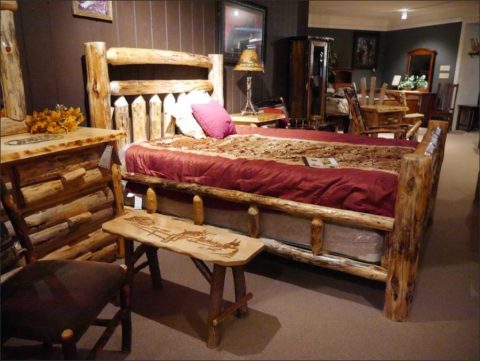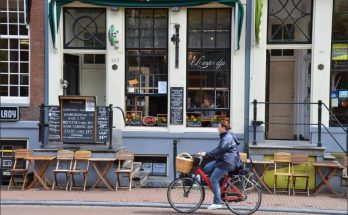Furniture is the mirror of culture: A man’s character is revealed by the manner in which he furnishes his home. The measure of his culture and taste can be discerned from those objects which he likes to have about him and amid which he lives. What is true of one man is also true of a generation or of a people: if their furniture is delicate and tasteful it usually follows that science, literature, and the plastic arts also flourish. If it is coarse and clumsy, then these descriptions will also be applicable to the people who use such furniture. When a generation shows a particular liking for antique furniture, we may perhaps deduce that its own period has nothing of enduring value to offer.
Nowadays we are too apt to view the furniture of earlier periods in isolation, divorced from its natural surroundings. In our day Gothic interiors are usually the product of reconstructions, but we can see the genuine settings in the background of fifteenth-century paintings. The interiors, as such, are rather bleak and not very ‘cosy’ according to our notions; they are not free from a certain bareness.
The actual pieces of furniture, however, are very richly decorated, and completely architectonic in detail, after the Gothic manner. Those pieces which have been preserved are usually those in which things were stored: credenzas, sideboards, chests, and cupboards. Tables are comparatively rare; chairs, especially armchairs, occur somewhat more frequently. As a decorative object we often see the so-called letter panel. It was also undoubtedly used in wall panelling.
All these articles of furniture were made of oak. Some details appear to have been polychromed, but the dominating tone remains the dark brown of the natural wood. We must bear in mind that this colour harmonised very well with the heavy ceilings, also of oak, constructed of ‘mother-and-child’ rafters, while the floors were not of wood but were covered with glazed tiles. The hearth was the focal point of the room. The chimney cowl was provided with a carved frieze, while the chimney flue sloped towards the ceiling. Gothic gradually merged into Renaissance; the architectonic character persisted but began to make use of pillars, cornices, pediments, and cartouches. Oak remained in favour, but the polychromy disappeared completely.
he only element of colour was provided by the ebony employed for less important details and veneer. The character of the furniture changed little, although tables occurred somewhat more frequently than in the Gothic period. The fireplace retained its dominant position, but the chimney cowl became vertical and offered space above the cornice for the earliest chimney paintings. The walls remained bare; only in the houses of the rich were they covered with gilt leather. Paintings obtained a place in the living room, but were hung much higher than today, side by side so as to form a frieze along the top of the wall.
Delft tiles not only served as backing in the fireplace around the cast-iron hearth plate but were also used as skirting along the walls. They sometimes covered the entire wall in entrance halls, kitchens, and similar offices. Window curtains as they are known today were not used at all: the lower half of the cross-barred windows, lead-paned, could be closed by wooden shutters. In the upper part coloured panes bearing heraldic or other motifs were sometimes inset. For the floors, people preferred to use large black-and-white marble slabs, mostly in draught-board pattern. Oak boards also had already made their appearance. Any form of floor covering in the form of carpets or mats was still extremely rare, but tapestries, hanging loose against the wall, began to play a part in the interior of the more prosperous Dutch dwelling houses. Their furniture as a whole gives an impression of honest solidity, lacking all spirit of coquetry or elegance.
The late Gothic interiors were severe in style, indeed even more sober than this modern reconstruction of a Gothic room would lead one to suppose. The hearth, with the sloping chimney cowl above the carved stone frieze, was always the central motif.
Dutch engraving has been called a neglected chapter in the history of art. This art of black-and-white utilises wood-cutting, engraving, and above all etching. These prints show the difference between the two latter techniques of printing: ‘David before King Saul’ is an etching by Lucas of Leiden made in 1508; ‘Bacchus’, by Pieter Jansz. Saenredam is an engraving after a sketch by Goltzius taken from a painting by C. van Haarlem.



